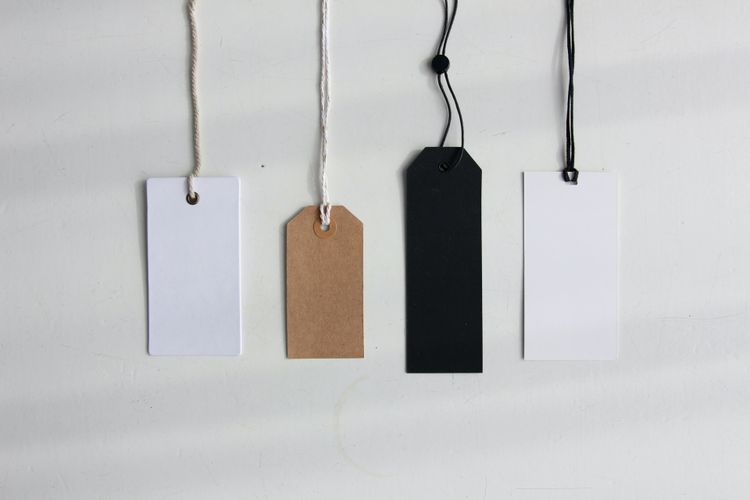On Crafting Startup Story

Yesterday over the dinner I was attending Chris Yeh's Zoom call on crafting startup stories, organised by Silicon Valley Forum. Chris has years of experience in this and it was humbling to see how during the call he also managed to instantly rework 2 startup pitches. If one day he'd like to run a show "Pimp my Pitch", Chris would be certainly the master transformer.
So, what were the takeaways? Turns out that many people don't bother to learn benefits of storytelling. Yet, stories make sense of the world around us. It is merely sequence of events. For example:
The king died. The queen died.
Compared to:
The queen died. The king died of grief.
As you see, putting an emotion inside our talk changes everything. There is classic Pixar storytelling formula, which helps to set essential (e)motion to your events:
Once upon a time, there was … Every day … One day … Because of that … Until finally … Ever since then …
Stories are how we explain the world, Chris explained. He gave an example of how Lyft's story could be told:
Once upon a time there were taxi cabs. Every day, travellers would hope that a cab would be there when they needed it. Even if it came, the cab was probably dirty and uncomfortable. One day Lyft gave travellers the power to summon a clean car with a polite driver, just using a phone. Because of that, millions of people switched to Lyft. Because of that, millions of people started driving for Lyft. Until finally Lyft defeated the evil taxi cab companies and made travellers everywhere happy.
In my case, while talking the story of Nursebeam, I could sum it up:
Once upon a time people got sick abroad. Every day, travellers would hope to quickly find care while getting a diarrhea abroad. Even if they would find pharmacy or clinic, they could not communicate in the same language. One day Nursebeam gave travellers a personal travel health chatbot. Because of that, millions of people could instantly figure out the drugs they need, where to find it and how to use it, while getting sick abroad. Until finally Nursebeam rolled out global coverage and made travellers everywhere healthy again.
As a storyteller you need to realise that the purpose of your story is to persuade the audience. And in business world your audience does not care what you do. They care how you make their life better.
Still, just having a story is not enough. You need to practise telling the story. The way of becoming a great storyteller is to practise, practise and practise.
So how should you do that? You can practise with anyone who is willing to play the role of the audience. And while it might be easier to do that in front of a mirror, it is much better to tell your story to a fellow human being. All great actors and stand-up comedians practise and rehearse their acts as well. Practising should take place frequently. Tom Chi, co-founder of Google X has said
"To maximise the rate of learning, minimise the time it takes you to try things."
One extra element to consider as a startup. While telling a story is the best way of explaning, it can be also leading the audience to do something. Thus don't forget your call-to-action in the very end.
Talking about call-to-actions, one solid option is better than several confusing ones. Simplicity is something you should bear in mind during whole storytelling as well. Usually people remember only 2 or 3 things. Thus promote and repeat your main 2 or 3 takeaways with one concrete call-to-action, instead of showering the audience with storm of 1000s of details.
So, you have your story now. You have done practising. You have your main takeaways and call-to-action. Yet, you might have your pulse skyrocketing when approaching the stage. That's OK. Chris said that even he still has it. I have it. When volunteering at big tech conferences (Techsauce, Slush), I could see how speakers at backstage were nervous. That's completely normal. Uncertainty makes people nervous. Pitching your story on new big stage is certainly having uncertainties. So what could you do about it?
Chris advises to tell yourself "I'm not nervous, I'm excited." I'll be excited to try this out before my next pitch.
Now, if you'd make now your startup story, how would that sound? Make it in the Pixar format and feel free to share at timo@uustal.com
Today's cover image was taken by Fathromi Ramdlon from Pixabay





Member discussion